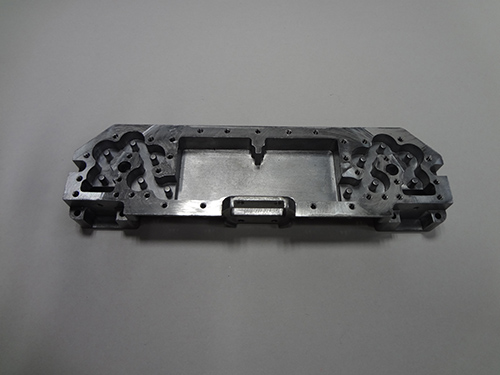What is the casting process?
There is a variety of casting methods, which include:
Die casting; Aluminum die casting, Investment casting, Sand casting, Lost-foam casting, Lost wax casting, Permanent mold casting, Rapid prototype casting, Centrifugal casting, or roto casting.
Working principle (3 stages)
The leading model is CNC machining or 3D printing with SLA or SLS silicone tools, which involves pouring liquid silicone resin around the primary model and curing. After drying, cut the master mold from the mold and leave the cavity casting – pour the resin into the cavity to make a product that resembles a replica die-casting
Advantages of vacuum casting:
Very suitable for small batches
Self-coloring parts
Low upfront investment
Produce like a part
A lot of material
Rubber parts and upper mold

Vacuum casting skills
Vacuum casting allows you to quickly rebuild dozens of parts, such as materials, in production, allowing you to copy parts for market or internal testing. When designing a part, you can do many things to ensure that it is well suited for vacuum casting.
The wall thickness is one. As with injection molding, you want to be as consistent as possible, and don’t want to design too thick parts that may cause sag.
Stainless steel castings:
Use Duplex 2205, Super Duplex 2507, 316, 304, and other materials to produce high-quality and complex stainless steel castings from prototype to medium-sized and mass production. Aluminum die casting
Steel castings:
Use 1020, 1025, ASTM A 781 / A 781M-97, and other materials (general industrial use) to produce high-quality and complex steel castings from prototype to medium-sized and mass production. ASTM A 703 / A 703M-97-Pressure parts. ASTM A 957-96-Investment casting process. ASTM A 985-98—Pressure applications
Iron casting:
Use materials such as malleable cast iron, gray cast iron, ductile cast iron, and white cast iron to produce high-quality and complex iron castings from prototypes to medium-sized and mass-produced.
Aluminum casting:
Use common-grade aluminum materials from 2011, 2024, 3003, 5052, 6061, 6063, 7075, etc., to produce high-quality and complex aluminum castings from prototypes to medium and high yields.
Brass and bronze castings:
Produce high-quality and complex brass and bronze castings, from prototype to medium, mass production, such as red, yellow, copper, tin bronze, lead, aluminum bronze, copper-nickel, nickel silver, etc. Metal casting
Anebon Metal Products Limited can provide CNC machining, die casting, sheet metal machining services, please feel free to contact us.
Tel: +86-769-89802722 Email: info@anebon.com Website: www.anebon.com
